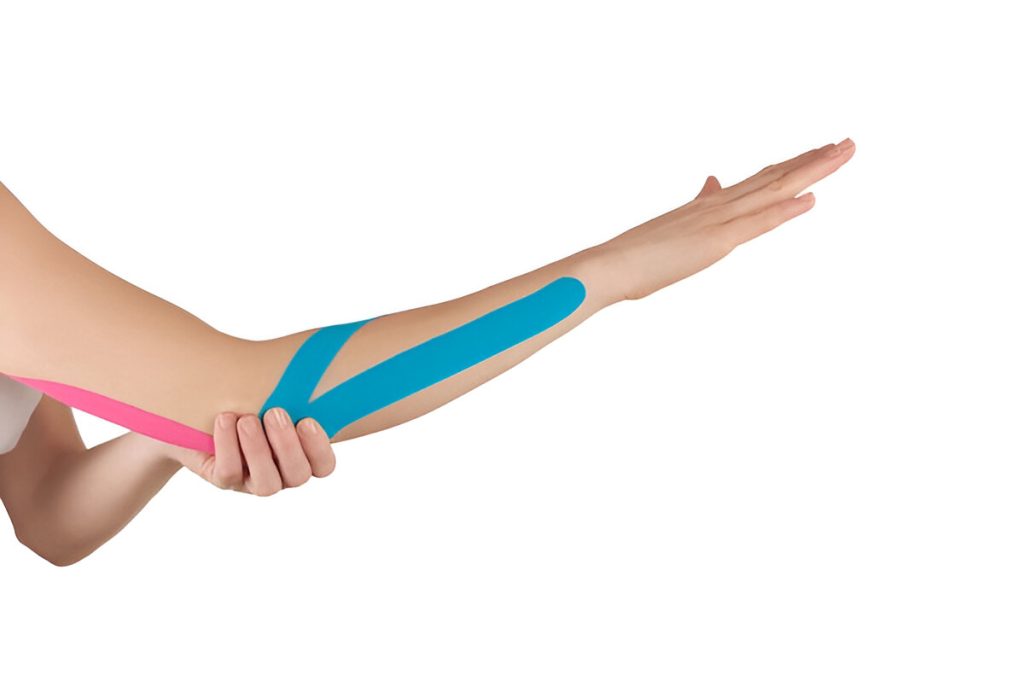What Is Golfer’s Elbow?
Golfer’s Elbow, or medial epicondylitis, is an overuse injury involving the flexor tendons that attach to the medial epicondyle — the bony bump on the inside of the elbow. It’s caused by repetitive stress or strain on the tendons that help you grip, twist, and flex the wrist and fingers.
This condition doesn’t just affect golfers — it’s also common in individuals who perform repeated gripping, lifting, or wrist flexion tasks at work or during recreational activities.
Causes and Risk Factors
-
Repetitive wrist flexion, gripping, or forearm rotation
-
Sports involving throwing, swinging, or climbing
-
Jobs requiring manual labor (e.g., carpentry, plumbing, assembly line work)
-
Poor ergonomics or technique during repetitive tasks
-
More frequent in adults aged 35–50 years
Common Symptoms
-
Pain or tenderness on the inner side of the elbow
-
Pain that radiates down the forearm
-
Weakened grip strength
-
Stiffness or discomfort when flexing the wrist or turning the palm downward
-
Worsening symptoms with lifting, throwing, or twisting motions
Diagnosis
Diagnosis is usually based on history and physical examination:
-
Tenderness over the medial epicondyle
-
Pain reproduced with resisted wrist flexion or pronation
-
Imaging (MRI or ultrasound) may be used to evaluate chronic or severe tendon damage
Treatment Options
Non-Surgical Management
Most patients recover without surgery:
-
Activity modification to avoid aggravating movements
-
Anti-inflammatory medications (NSAIDs)
-
Ice therapy to reduce inflammation
-
Forearm braces or counterforce straps
-
Physical therapy to improve:
-
Flexor tendon strength
-
Range of motion
-
Biomechanics
-
-
Corticosteroid injections for pain relief
-
Platelet-rich plasma (PRP) therapy for chronic cases
Surgical Treatment
Surgery is considered when:
-
Symptoms persist after 6–12 months of conservative treatment
-
Daily activities or athletic performance are significantly impaired
Surgical procedures typically involve: -
Removal of degenerative tendon tissue
-
Reattachment of healthy tendon to the medial epicondyle
-
Can be done via open or minimally invasive techniques
Recovery Outlook
-
Non-surgical care: Most recover within 8–12 weeks
-
Post-surgical recovery: 3–6 months depending on activity demands
-
Physical therapy is critical for regaining strength and preventing recurrence
Comprehensive Care at Kerlan Jobe Institute
At Kerlan Jobe Institute, we provide advanced diagnostic tools and a full range of non-surgical and surgical treatments for Golfer’s Elbow. Our orthopedic and sports medicine specialists tailor your treatment plan to get you back to your sport, job, or hobby as safely and efficiently as possible.

